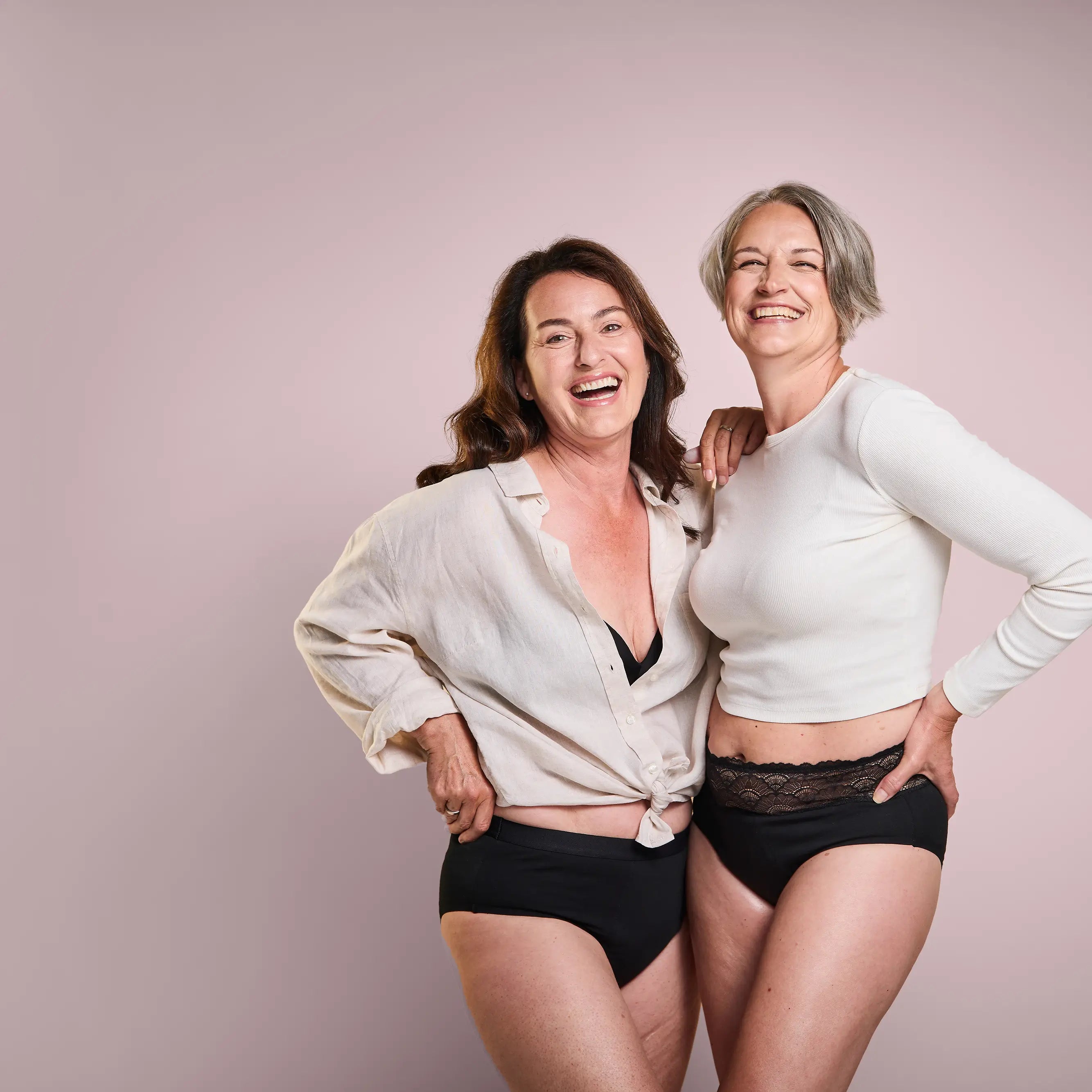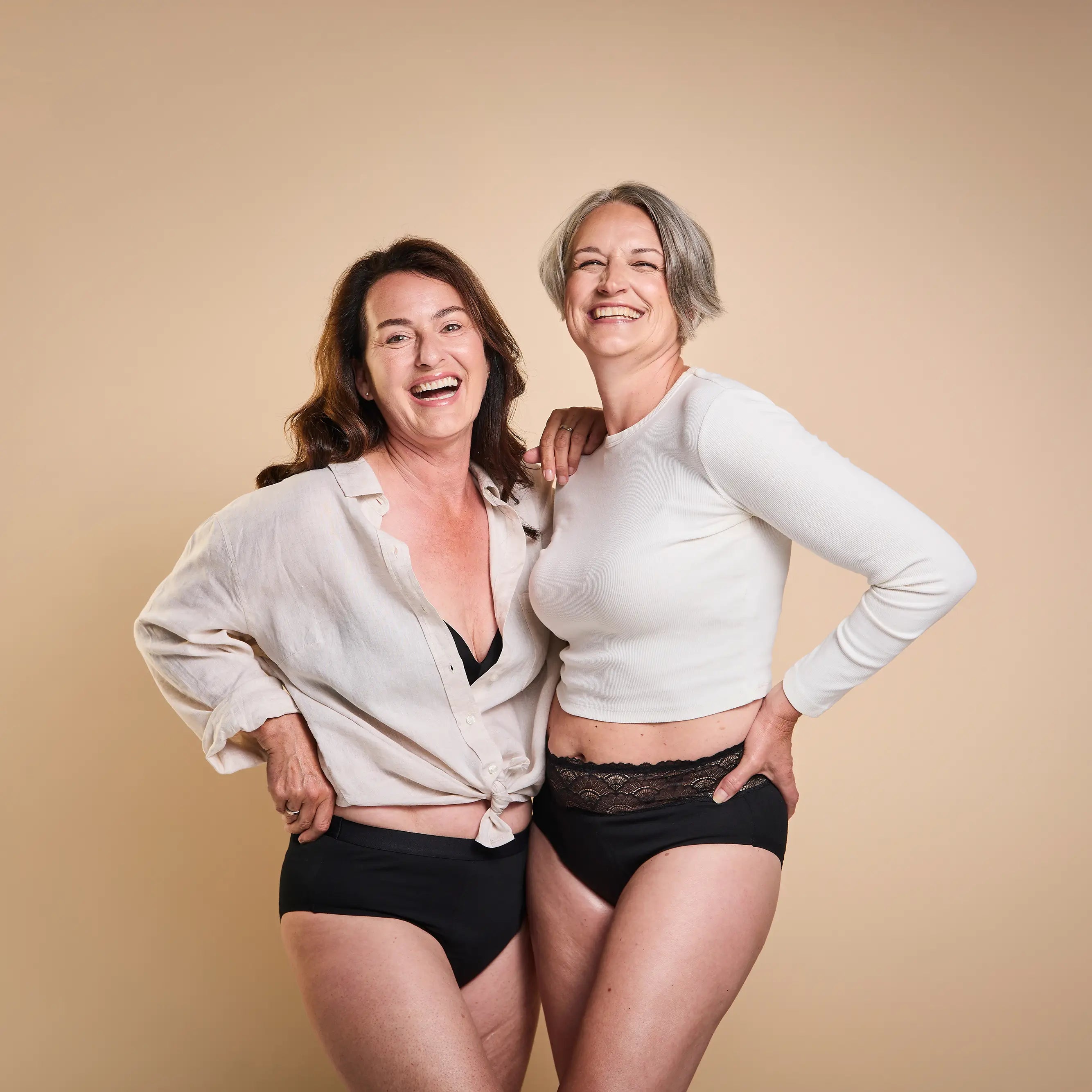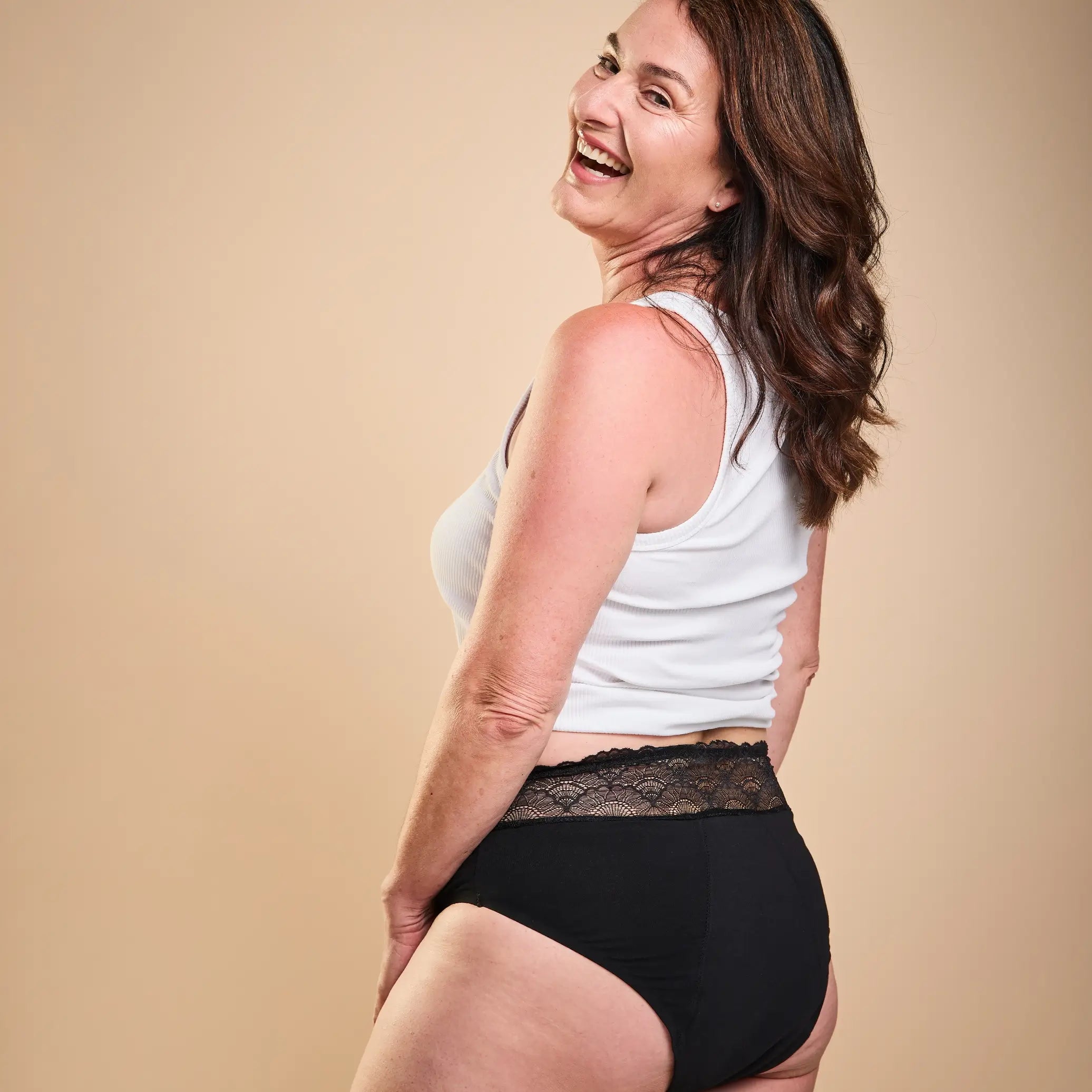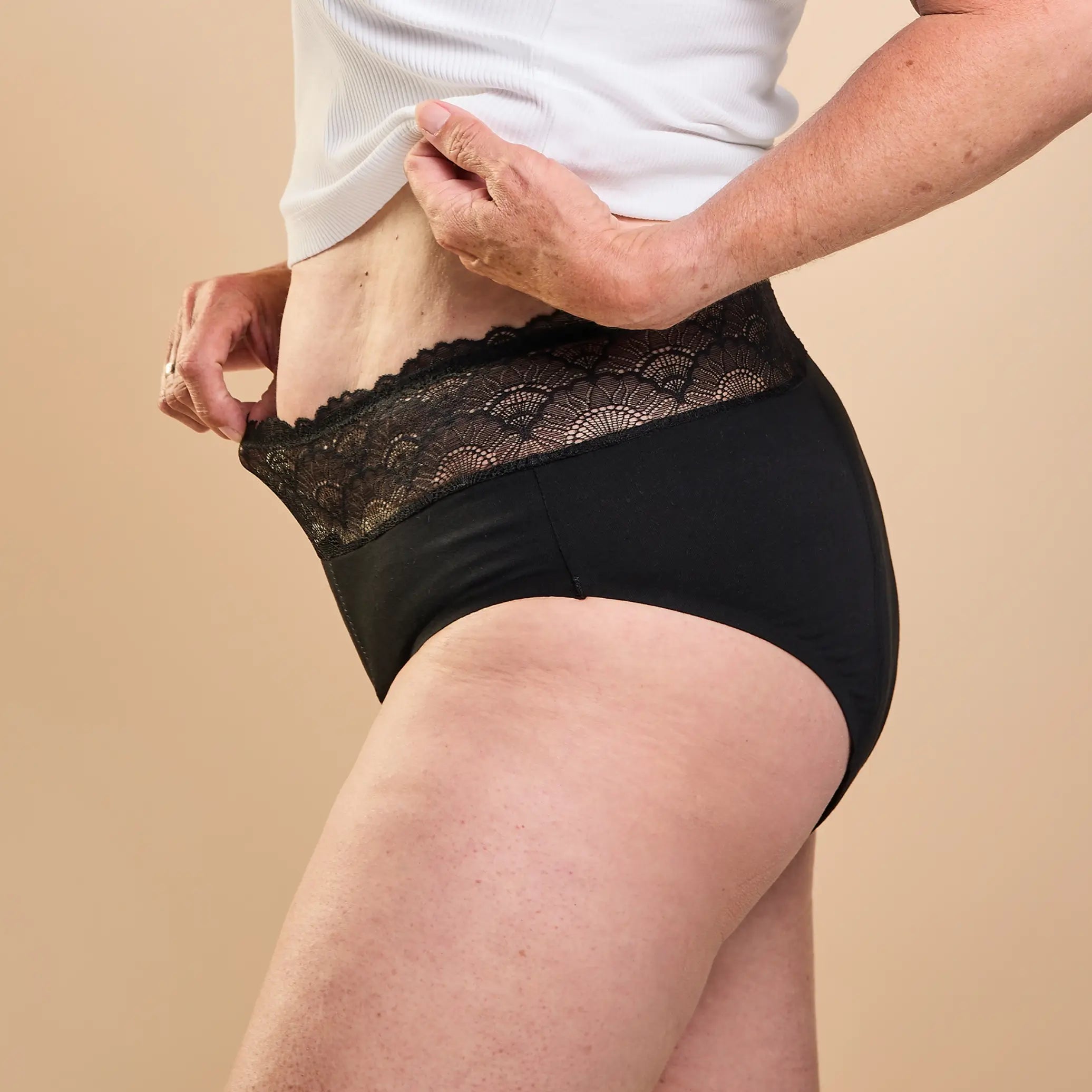Incontinence: forms, causes and treatments
Incontinence, including its forms, causes and treatments, is a widespread and still often taboo, intimate health problem that affects millions of people worldwide. Incontinence is the problem of voluntarily holding back urine or stool, which can lead to involuntary leakage. This symptom can occur at any age, but is more common in old age and in women after pregnancy. The impact on the quality of life of those affected is often considerable. Despite the prevalence of the problem, many sufferers are still reluctant to talk about it or seek help. However, talking to a doctor can be a very reliable way of taking advantage of the many effective treatment options available today.
What is incontinence? A definition
Incontinence is the inability to hold back urine or stool voluntarily. Incontinence can have various causes and occur in different forms. Those affected often suffer a considerable loss of quality of life and are often ashamed of their problem. Incontinence is not a disease in itself, but rather an indication of possible underlying illnesses or functional disorders. It affects people of all ages and genders, with the risk increasing with age and especially after childbirth.
Forms of incontinence: what are the differences?
Incontinence is a complex issue that can take various forms. The different forms of incontinence also differ in their causes, symptoms and treatment approaches. In order to find the right treatment, it is important to identify the specific form of incontinence and its causes.
Here is an overview of the most common forms of incontinence and their causes:
Stress incontinence
-
Most common form in women
-
Involuntary loss of urine during physical exertion
-
Trigger: coughing, sneezing, laughing, heavy lifting
-
Often caused by pelvic floor weakness after pregnancy or surgery
Urge incontinence
-
Also known as "overactive bladder"
-
Sudden, strong urge to urinate
-
Urine cannot be held back long enough
-
Often caused by neurological diseases or urinary tract infections
Mixed incontinence
-
Combination of stress and urge incontinence
-
Particularly common in older women
-
More complex treatment required
Overflow incontinence
-
Bladder does not empty completely
-
Leads to frequent dribbling
-
Often in men with prostate enlargement
-
Can also be caused by nerve damage
Fecal incontinence
Inability to hold back stool or diapers in a controlled manner
-
Can have various degrees of severity
-
Causes: Bowel disease, sphincter weakness, nerve damage
Reflex incontinence
-
Rare form in spinal cord injuries
-
Uncontrolled bladder emptying without the urge to urinate
Functional incontinence
-
No physical cause
-
Affected person cannot reach the toilet in time
-
Often with dementia or limited mobility
Identifying the specific type of incontinence is the first step towards successful treatment. A detailed medical examination is often necessary to determine the underlying cause and to create an individual treatment plan to restore quality of life.
The causes of incontinence
The causes of incontinence are diverse and can vary depending on the form and severity. Effective treatment requires identifying the exact causes of incontinence.
Some common causes:
One of the most common causes is the weakening of the pelvic floor muscles, which often occurs after pregnancy or surgery. This weakness can be improved by training the pelvic floor muscles. Neurological diseases such as multiple sclerosis, Parkinson's disease and strokes can also affect the nerves that control the bladder and bowel.
Hormonal changes, especially during the menopause, also play a role. For example, a decrease in oestrogen can lead to impaired bladder control. An enlarged prostate can also lead to overflow incontinence in men, which impedes the flow of urine.
Another cause is urinary tract infections, which can cause temporary urge incontinence. These can be treated by taking antibiotics. Side effects of medication are another factor. Some medications such as diuretics, antidepressants and antihistamines can impair bladder control.
Being overweight increases pressure on the bladder and pelvic floor muscles, which can make symptoms worse. Weight loss can help here. Other causes can include anatomical abnormalities, chronic coughing or heavy physical work.
Some common causes of incontinence are
- Weakening of the pelvic floor muscles, often following pregnancy or surgery
- Neurological diseases such as multiple sclerosis or Parkinson's disease
- Hormonal changes, especially during the menopause
- Prostate enlargement in men
- Urinary tract infections
- Side effects of medication
- Obesity
It is important to emphasize that incontinence is not a normal symptom of old age and should always be clarified and treated by a doctor. Early diagnosis and treatment can significantly improve the quality of life of those affected and prevent further complications.
Incontinence therapy - these options are available
Treatments for incontinence and its causes are based on its various forms. There are various therapeutic approaches, which are also used in combination:
Conservative therapies
Pelvic floor training:
- Targeted exercises to strengthen the muscles
- Particularly effective for stress incontinence
Behavioral therapy:
- "Bladder training" for better control of the urge to urinate
- Adaptation of drinking habits and toilet behavior
Biofeedback and electrostimulation:
- Visualization of muscle tension to support training
- Strengthening weak pelvic floor muscles with electrical impulses
Drug therapies
- Anticholinergics for urge incontinence
- Hormones (e.g. local oestrogen therapy) for postmenopausal women
- Alpha-blockers for men with prostate enlargement
Surgical therapies
In severe cases or if conservative methods fail:
- TVT or TOT for stress incontinence
- Sacral neuromodulation for urge incontinence
- Artificial sphincter for severe stress incontinence
Living with incontinence
In addition to therapies, there are numerous aids for everyday life:
- Incontinence pads and pants
- Condom urinals for men
- Pessaries for women
- Skin care products to protect stressed skin
In order to receive the right support and medical treatment, it is particularly important for those affected to deal openly with incontinence and its causes, forms and treatment. In our store, you can therefore also find the right intimate care products, including high-quality intimate shaver for thorough and gentle care.
Regain your quality of life: Taking incontinence and its causes, forms and treatment seriously
Incontinence is a complex issue that affects many people and is still too often taboo. The good news is that most forms of incontinence are treatable. From conservative therapies to medication and surgery, there are numerous options available to those affected. The first step is always to recognize the problem and seek medical help. With the right diagnosis and treatment, many sufferers can significantly improve their quality of life.










